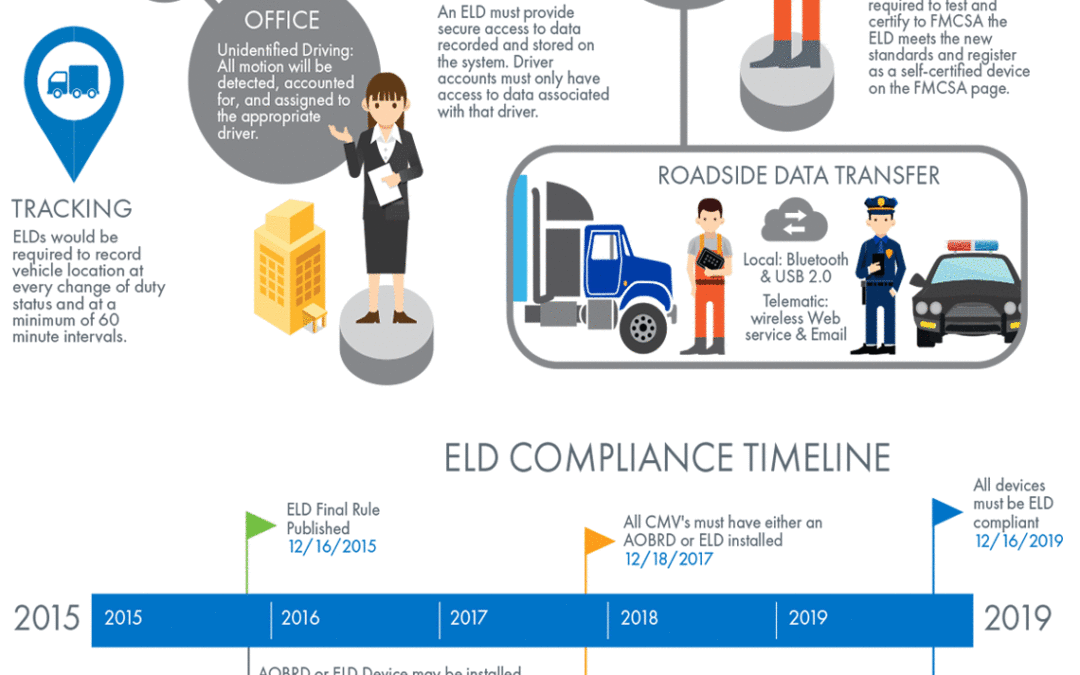
Truck shipping rates continue to climb amid recent developments in the trucking industry. It was a whirlwind year for trucking in 2017 and 2018 seems to be more of the same.
The volume of truck freight shipping is ever-increasing. In 2017, truck tonnage (the gross weight of freight moved by trucks) rose 3.7% compared to 2016, the largest annual gain since 2013.
Diesel price spikes, increases in manufacturing output, new regulations and tighter truck capacity have contributed to a steady rise in shipping rates. Indications don’t point towards a change in 2018 either.
Shipping Rates Rise as Diesel Prices Go Up
Diesel price increases have dramatically affected shipping rates recently. It’s no secret that fuel is a costly expense for any transportation service, especially those hauling oversize loads. Heavy-duty trucks are lucky to get around 5 mpg on the road, even with recent improvements in fuel-efficient technology.
Fuel alone makes up over 20 percent of operating costs for carriers according to the American Transportation Research Institute. A spike in diesel prices can be catastrophic to a carrier and dramatically limits their ability to operate.
Over the last six months, we’ve experienced a steep increase in diesel prices. Since July 2017, diesel fuel prices have increased 22 percent or $0.53 to an average of $3.02 per gallon according to the U.S. Energy Information Administration.
Increased Outputs in Manufacturing and Construction
Due to the added need to move products, truck carriers are able to hold out or require higher rates as the bridge between supply and demand widens in 2018.
You might be noticing more and more products with the “Made in America” distinction. This is no accident. American manufacturing output increased 7% in the fourth quarter of 2017, and companies are planning on increasing production in American factories.
“I remain optimistic for 2018 for a host of reasons, including a pick-up in factory activity, better housing construction, solid retail sales, and an expected shot in the arm from the new tax law,” said ATA Chief Economist Bob Costello.
Ford announced it would invest $700 million to expand its existing factory in Michigan, while General Motors has stated it will spend an additional $1 billion on manufacturing in 2018.
The increase in production is not limited to manufacturing. Production of new homes built is expected to rise 10% this year according to the National Association of Realtors.
These production increases create more demand for truck capacity, especially for flatbed and specialized carriers. Keep in mind, that freight considered oversize, heavy haul, flatbed and open deck loads are not classified the same as standard dry van trailers (the standard box-like trailer you see on the road). This means that the ratio of loads-to-trucks isn’t going to be the same for all trailers thus, rates will be different as well.
Driver Hours Are Now Tracked Digitally – The ELD Effect
Truck drivers are on the road for extended periods of time and to limit the dangers that can arise from fatigue, the government has placed regulations limiting drivers to 10 hours of service daily.
The ELD mandate that went into effect December 18th has forced carriers to adhere to stricter schedules for their daily hours of service. Now that driver hours are tracked electronically, there is no way around operating beyond the 10-hour daily operating rule.
Carriers are mandated to record all hours electronically instead of finding a way to make the hours add up on paper. Now they begin searching for truck parking around the nine-hour mark in their day, a much earlier time than in the past.
The new ELD regulation has not only limited the number of loads a carrier can move but also what lanes can be traveled in a day as well. There is still a steep adjustment time for the industry since the mandate has only been active for a little over a month. Not to mention the fact that the Commercial Vehicle Safety Alliance has allowed a grace period until April 1, 2018, before enforcing the use of ELDs. Things will get worse before they improve and rates will continue to trend up during this adjustment period.
Tighter Truck Capacity
There’s an inherent driver shortage that is greatly impacting the trucking industry. The American Trucking Association (ATA) estimates the truck driver shortage is around 50,000 drivers and that number could more than triple by 2026.
“In addition to the sheer lack of drivers, fleets are also suffering from a lack of qualified drivers, which amplifies the effects of the shortage,” Costello said. “This means that even as the shortage numbers fluctuate, it remains a serious concern for our industry, for the supply chain and for the economy at large.”
Driver retention has been an ongoing issue, especially for larger fleets. It has become increasingly difficult for fleets to find and retain quality, experienced drivers. This lack of available truck capacity has compounded the rise in shipping rates and the trend could continue.
https://fr8star.com/info/2018/02/shipping-rates/

